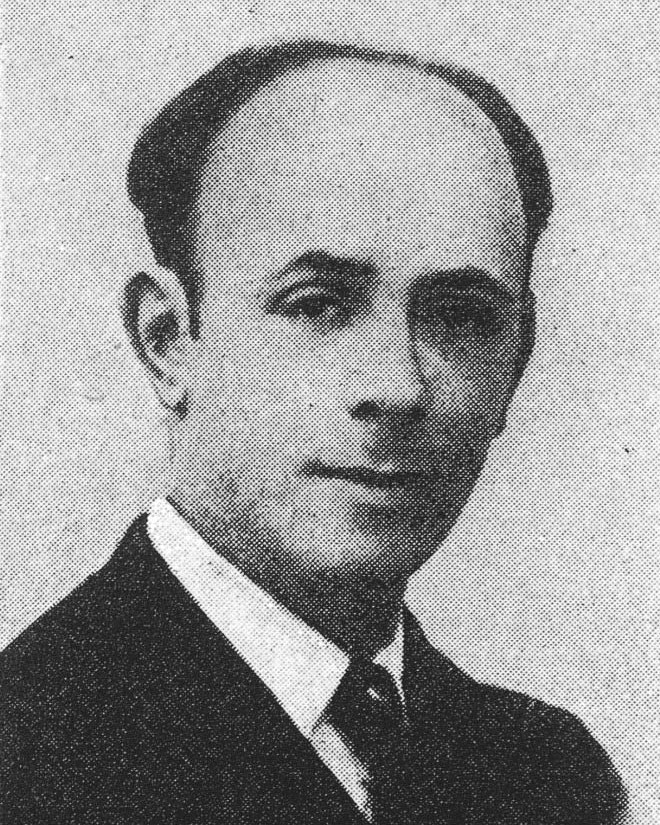Boris BORVINE FRENKEL
January 2, 2019Joseph BRONSTEIN
January 2, 2019David BRAININ
KHARKIV (UKRAINE) 1905 – DEPORTED TO AUSCHWITZ 1942
David Brainin grew up in a family of tailors. Following a difficult childhood, he left school and, without informing anyone, went to Palestine, where he spent five years. In 1924, he arrived in Paris, where he studied painting, choreography, and dance. He joined the Ballets Russes troupe and married one of the dancers. In 1931, he and his wife were invited to dance in a ballet in Rio de Janeiro, Mexico City, and Buenos Aires. Back in Paris, David Brainin took classes at the Ecole de Beaux-Arts for four years. He first studied painting before specializing in film sets.
He was arrested during a roundup, was interned in Drancy on April 29, 1942, and was then sent to Compiegne. Although life in the camp was very difficult, he kept drawing. He painted pictures of the prisoners and guards in the camp. He was deported on September 18, 1942 on convoy number 34. He was murdered in Auschwitz.
Stories of Jewish Artists of the School of Paris 1905-1939
FRENCH-ENGLISH
Capitale des arts, le Paris des années 1905-1939 attire les artistes du monde entier. De cette période de foisonnement, un terme est resté, celui d'Ecole de Paris, qui recouvre une grande diversité d'expression artistique. Dans ce brassage dont Montparnasse est le creuset, un groupe se distingue : celui des artistes juifs venus de Russie, de Pologne et d'Europe centrale. Si leurs styles sont variés, un destin commun les rassemble : ils fuient l'antisémitisme de leur pays d'origine. Certains ont connu la célébrité dès les années 1920, tels Soutine, Lipchitz ou Chagall. D'autres n'ont pas eu le temps ou la chance d'y accéder. Près de la moitié a péri dans les camps de concentration nazis.
From 1905 to 1939, Paris attracted artists from all over the globe as the capital of the art world. This period of artistic proliferation became known as the School of Paris, and includes a great diversity of artistic expression. Within the teeming art world centred on Montparnasse, one group set itself apart: Jewish artists from Russia, Poland, and Central Europe. Although their styles were diverse, they shared the common fate of fleeing anti-Semitic persecutions in their home countries. Some became famous in the 1920s, such as Soutine, Lipchitz, and Chagall, while others did not have the time or the luck to gain renown. Nearly half of these artists died in Nazi concentration camps.





